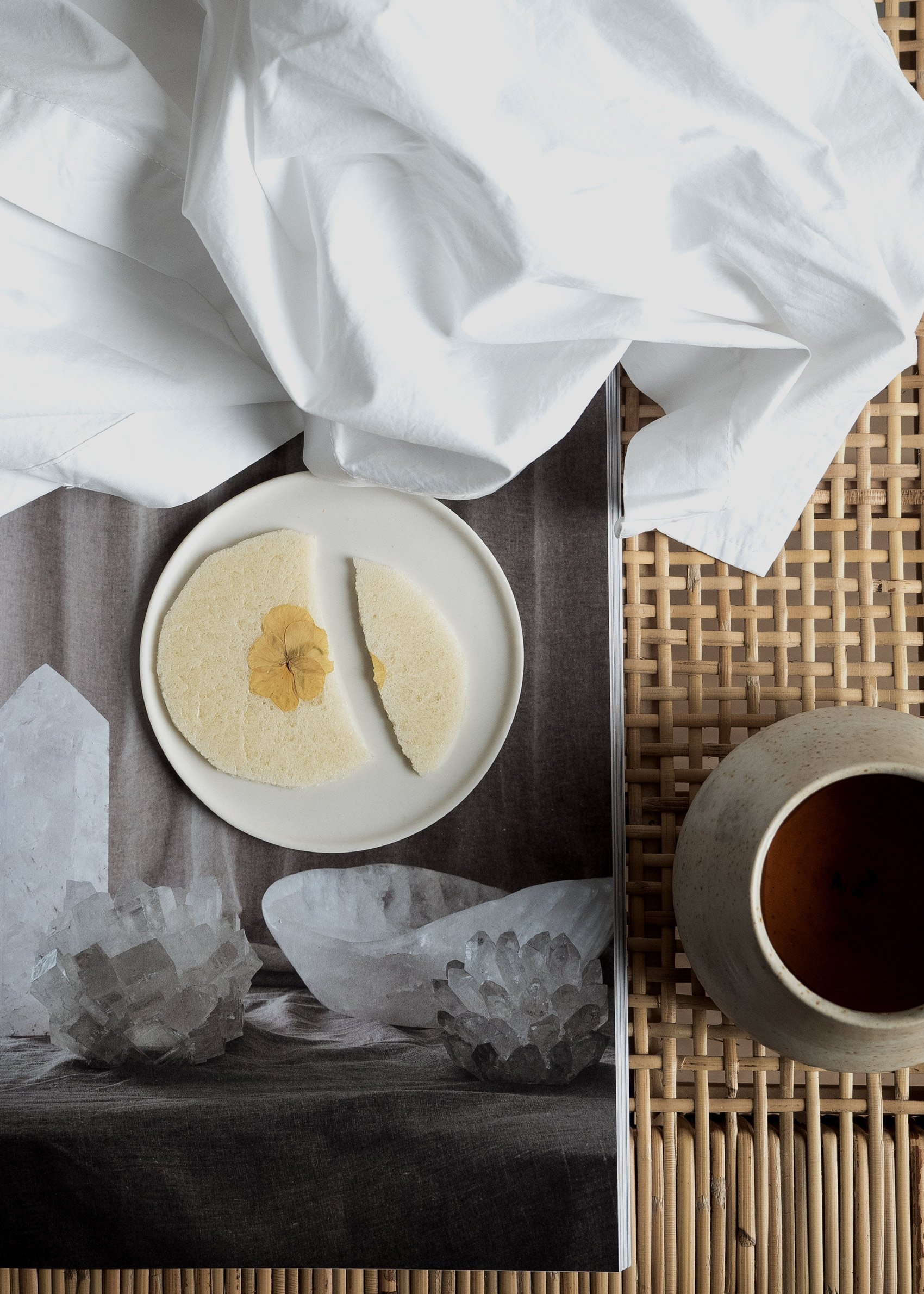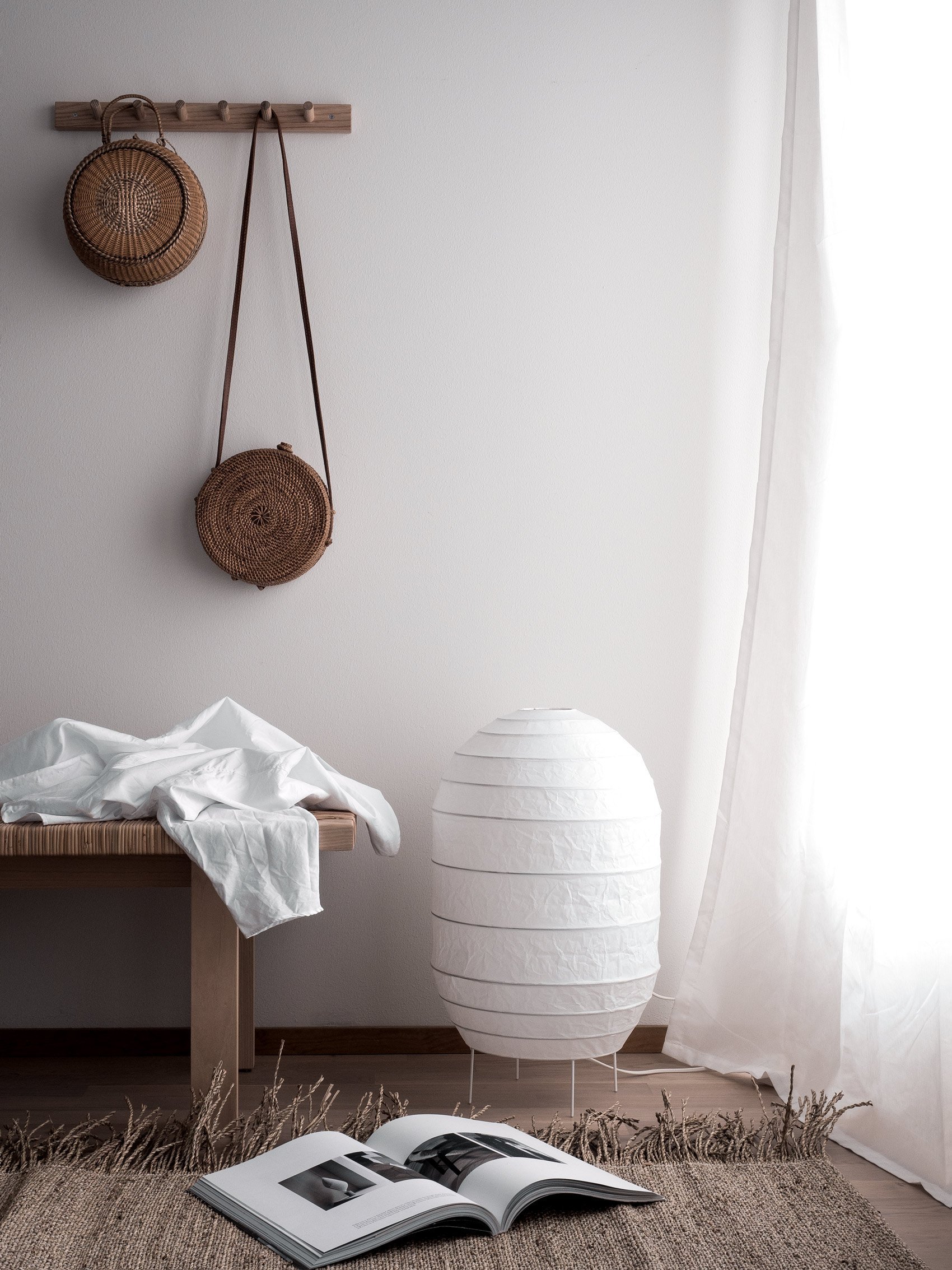
Hello dear Passion Shake readers, it´s Jaana here sharing yet one of my home stories from Finland. I’m really excited to share my latest column with you. This time I wanted to show you a styling I did celebrating the fusion between Japanese and Scandinavian design style. Hope you will enjoy it.
Scandinavian style has been a huge interior trend for years now and we all appreciate its minimal aesthetics, rustic natural textures and function first approach to design, furnish and decorate our homes. Scandinavian style has been kind of inventing itself over the past few years in to direction that has more warmth and more room for personal style to shine through, just like it should be if you ask me.
This fresh new take on minimalism that combines Scandinavian or Nordic style and design with Japanese traditional sophistication and elegance is a new rising interior trend called Japandi, or sometimes called Japanordic. This hybrid interior style blends Scandinavian and Japanese interior design characteristics to create minimalistic and calm spaces that still manage to feel warm and inviting. Blending these two styles makes actually lot of sense if you start to think about it – both in Nordic and in Japanese culture functional craftsmanship is highly appreciated. Nature and simplicity are valued. Also clean lines and use of natural materials are characteristics in both of these design cultures.
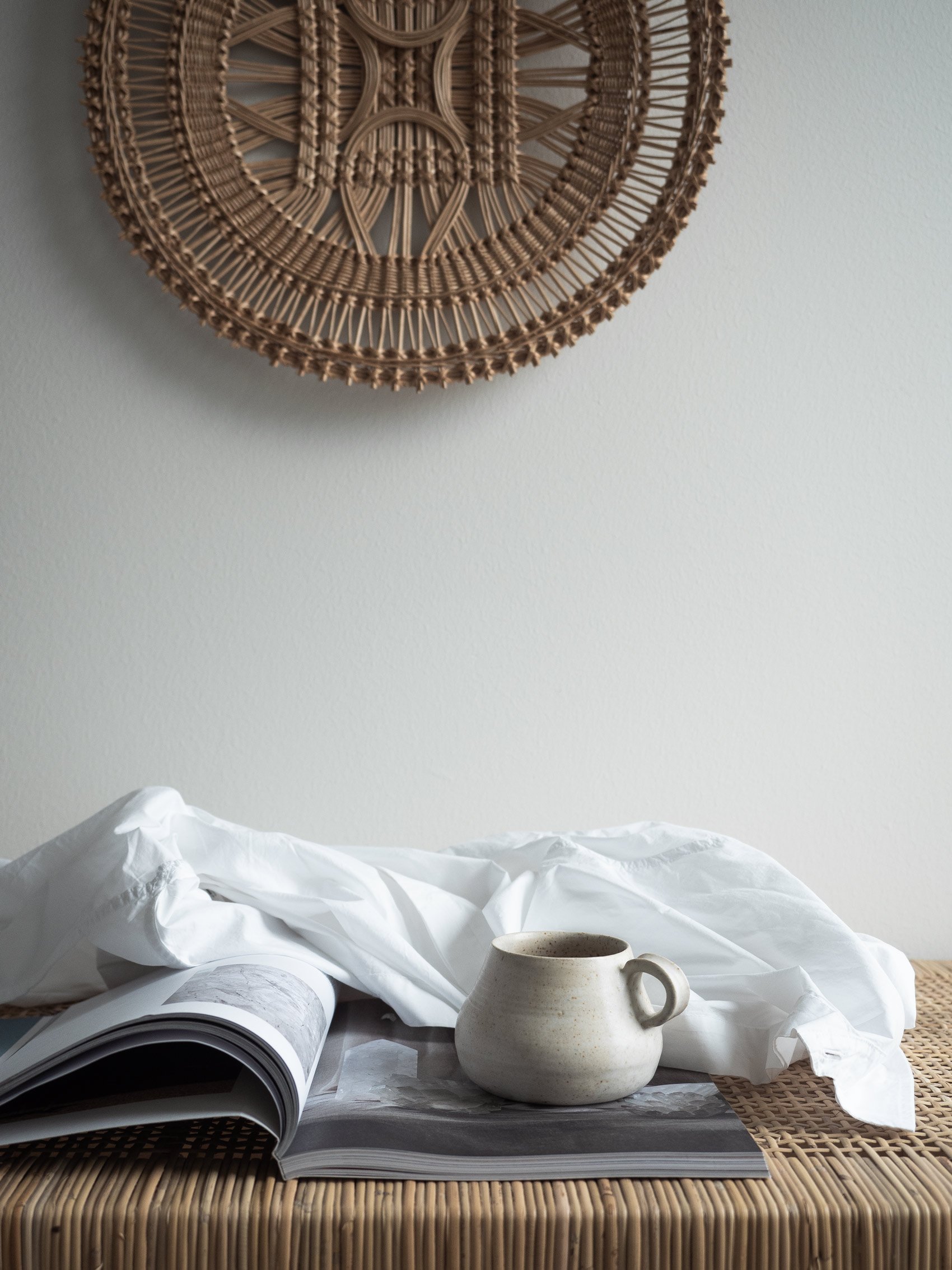
I’ve been huge fan of Japanese aesthetics, culture and style for a long time now. One Google search of “traditional Japanese houses” and you feel calmer just by looking at those amazingly serene spaces. Japan is known for its Zen and minimal less is more approach to interior design and décor. The style is very elegant and traditional. Japanese style comes from a clean and unclutter way of living that leans tightly to the balance of things and ancient traditions. That way of living logically reflects on the interiors that are typically very serene and simplistic. Natural materials like bamboo and ash are widely used. Love for natural beauty and nature is also visible in the color choices. Color palette is kept down to earth to highlight the calm and tranquil atmosphere.
We can’t really talk about Japanese style without taking a quick look in to Wabi-sabi, the fundamental part of Japanese aesthetics. It is the beauty of imperfect, incomplete and unconventional. The idea is to see the beauty of humble and modest, to enjoy and appreciate the simple and small things in life; the art of slow living as its best if you ask me. When talked about handcrafted objects, that usually is the first thing associated with Wabi-sabi, this “beauty of imperfect” doesn’t mean that objects that are used and made aren’t made well, with love and piety. In Wabi-sabi materials are just appreciated as they are. It means that it is ok that you can see the history by looking at the object, that it has been affected by its environment – natural material will show rust, stains, warping and chips and it´s all good and you can still love it and use it.
What is Japandi
Like in Japanese and Scandinavian design cultures the core of Japandi is in minimalism and simplicity of clean lines. Japandi take its influence from Scandinavian Hygge and Japanese Wabi-sabi aesthetics. In Hygge focus is on creating a warm atmosphere and enjoying all the good little things in life. Wabi-sabi is the beauty of things imperfect. Wabi-sabi looks for personal solutions, values one-of-a- kind instead of mass-produced and it is, like Hygge, present oriented. Both Scandinavian and Japanese aesthetics values craftsmanship and authentic natural materials. Both design styles rely on functionality and practicality. In Scandinavian as well as in Japanese style home you will most likely find uncluttered spaces that have only few well considered pieces rather than too many small decorative elements. These principal are also adapted to this hybrid style of Japandi.
There are also differences between these two design styles and that is the part it really gets interesting; Japandi combines best of the both worlds. Traditional Japanese style is laconic and very elegant while Nordic style is more rustic and textural which adds interest and gives the Japanese elegance more easygoing vibe. Where the Scandinavian cool and neutral color palette can feel a bit cold and clinical, the Japanese aesthetic brings warmth with its darker muted color palette. Darker and simple Japanese look adds a bit of masculinity and edge into soft and feminine Scandinavian style creating a well-balanced look.
In result of this “mach made in heaven”- fusion we have calm yet warm spaces that are led by functional minimalism and the idea of wabi-sabi principles.
If you like to try this relatively new interior trend out and add a little bit of Japandi style in your home, here are some key elements how to achieve peaceful and simple yet warm and laidback interior with this trendy hybrid style.
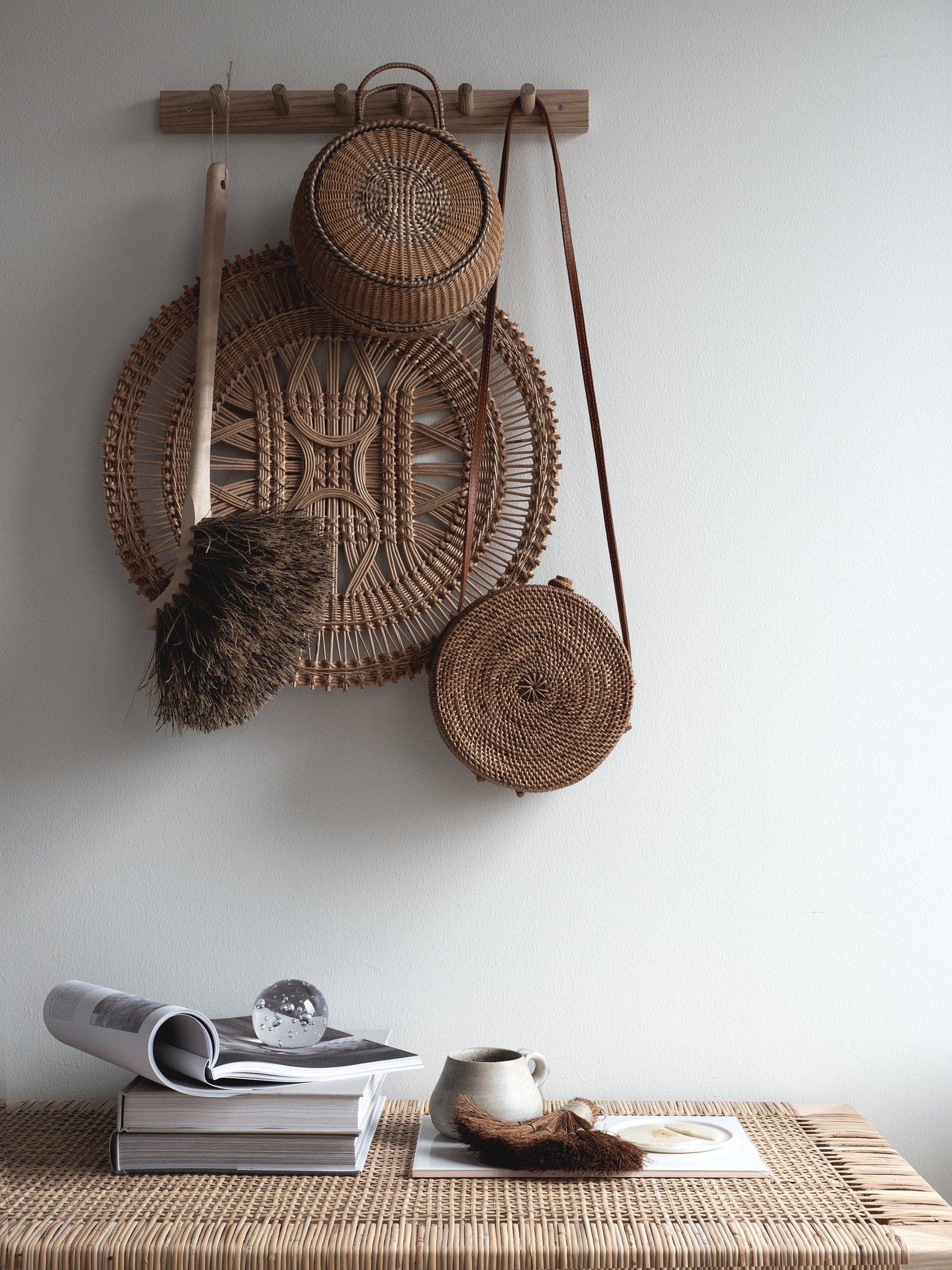
Create simple and calm atmosphere
When you want to create a minimalistic space make sure that the room is as airy as possible. Decluttering the space is the first step to achieve that peaceful and tranquil feeling.
Prefer natural materials.
Prefer natural materials like wood, bamboo and rattan. Mix Scandi style light wood like pale oak with Japanese style darker timber to add interest. If you don’t want to invest in a new wooden cabinet or other big and possibly expensive furniture you can achieve the look with much less. Try jute or hemp carpets, wooden cloth racks or simple straw basket for extra storage space. Add coziness with textiles, preferably in natural materials. Wrinkled linens, cotton and soft pillows and blankets in neutral colors works best with simple style like this.
Keep the color palette muted
Prefer earthy muted tones to achieve serene and inviting mood. Try to avoid using too light and bright colors throughout the whole space. Soft greys and pale pinks works really well as an accent colors.
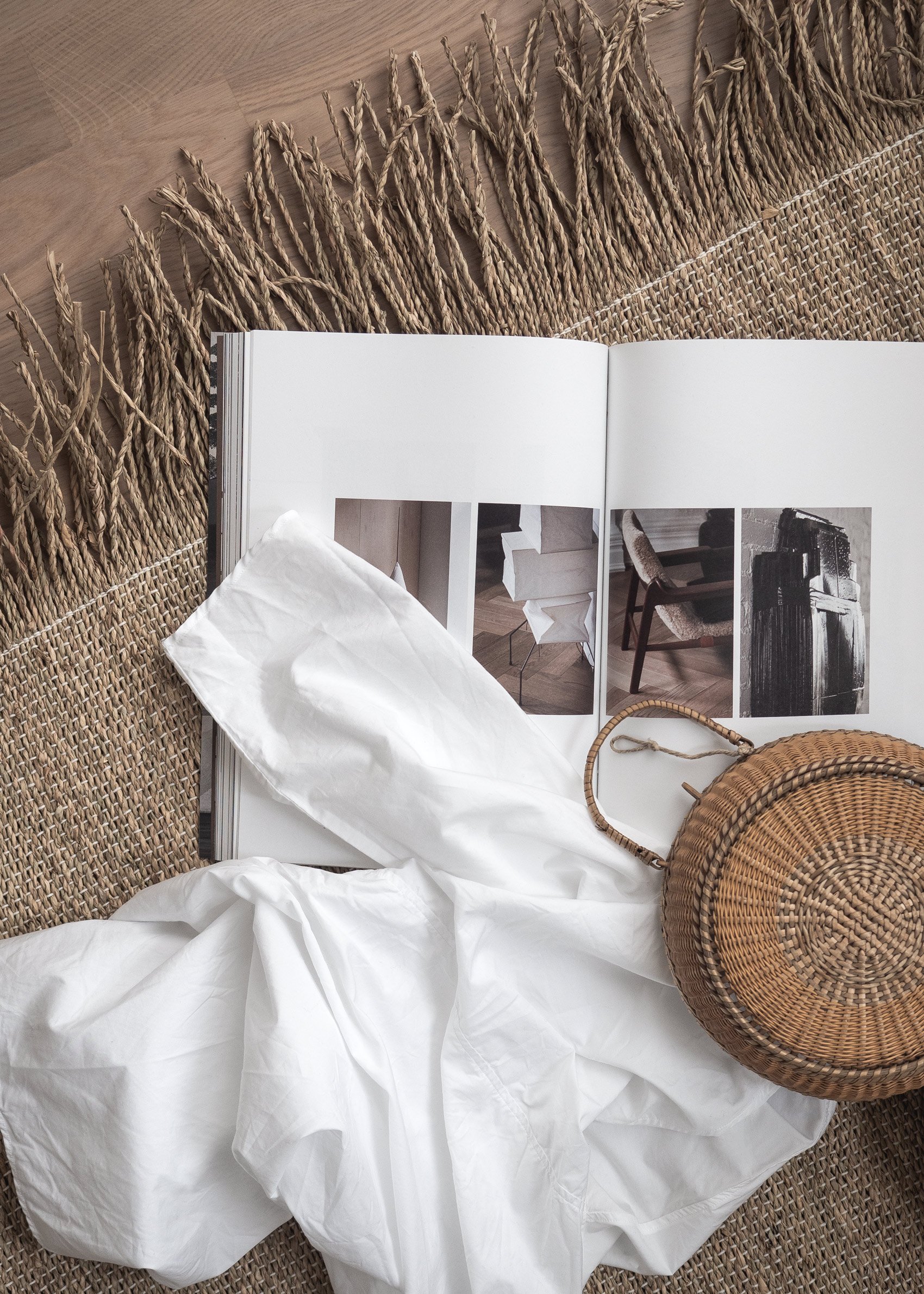
Add interest with few statement elements
Mix natural material and simple forms to bring harmony in to the space. Then Break the minimalistic harmonious vibe with few wabi-sabi elements. Use for example sculptural and organically shaped ceramic pieces to add interest, contrast and personality. Avoid adding too many decorative elements so the room doesn’t feel too busy and lose its calming mood. Use only few carefully selected items that fits the same calm and down to earth color palette. Markets are great places to search hand thrown ceramics like vases and tea sets.
Introduce natural element
Plants are a great way to add comfort in to the space by bringing nature in. Plants adds color and vibrancy in to minimalistic space and are used videly in both Japanese and Nordic homes. Try to pick up plants that also function as an air-purifier.
So that’s it. Hope you enjoyed the column!
Text, styling and photography Jaana Niittynen for Passion shake
